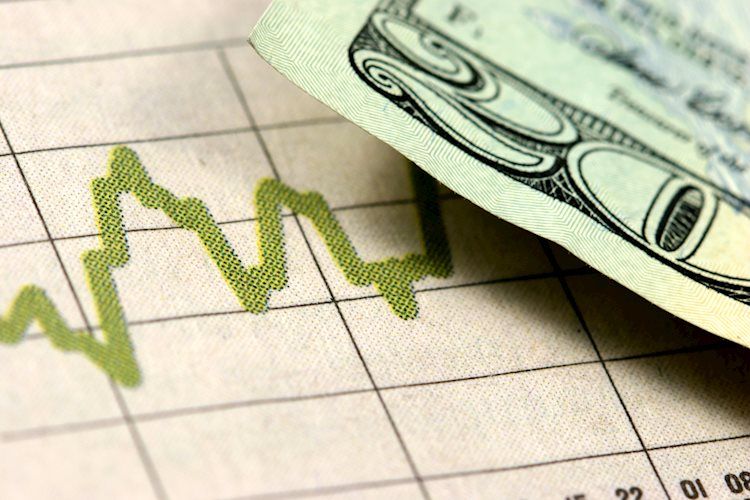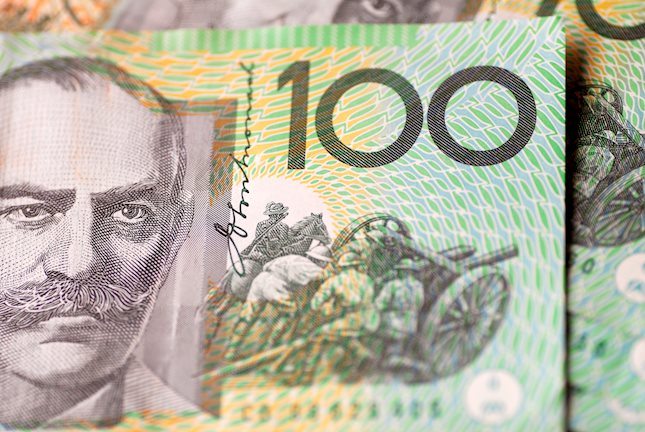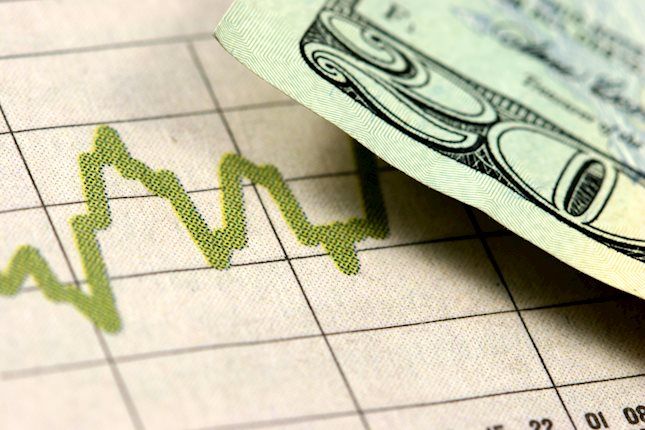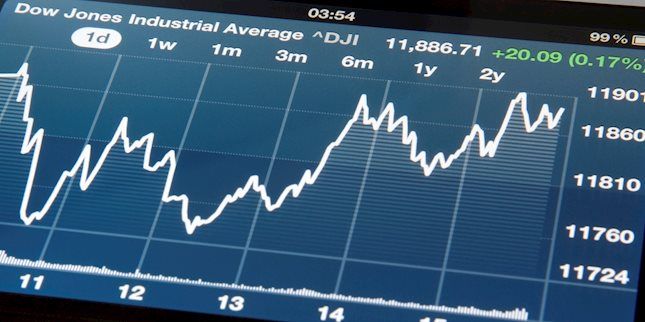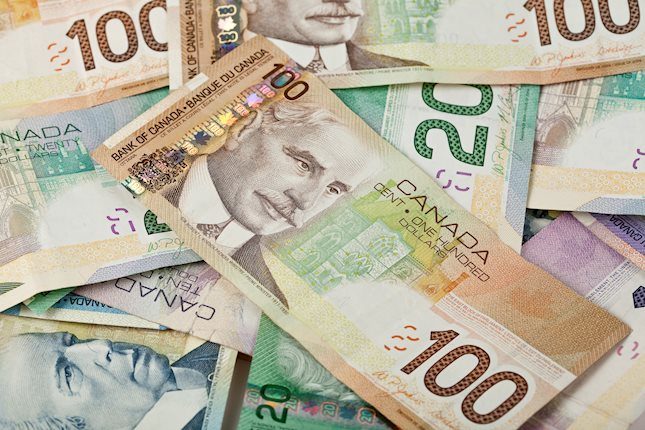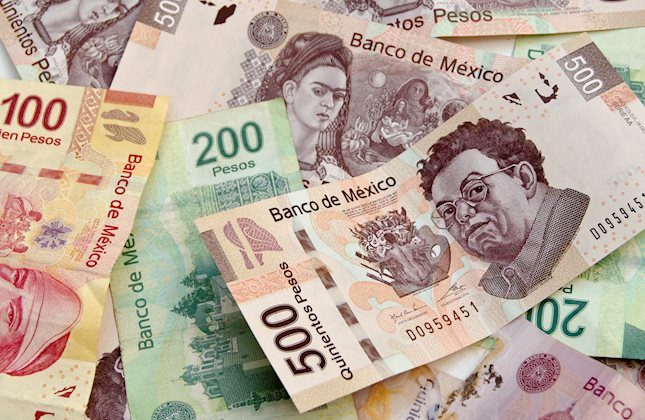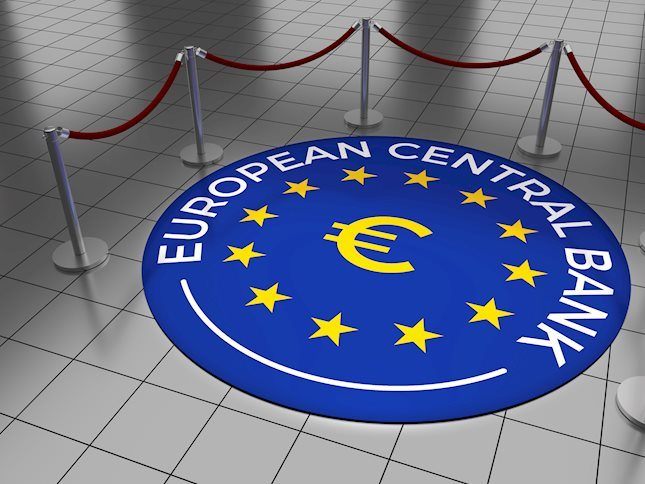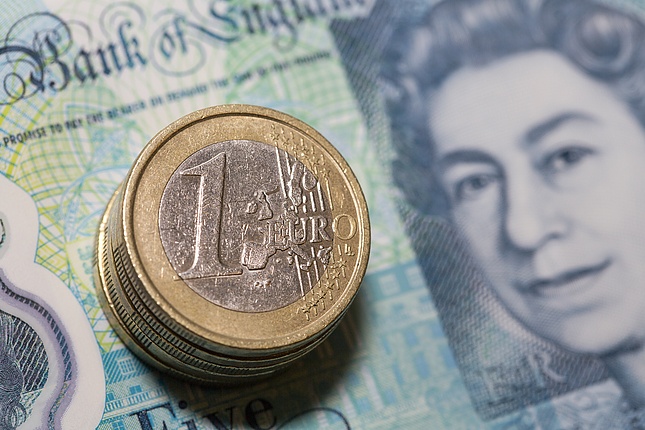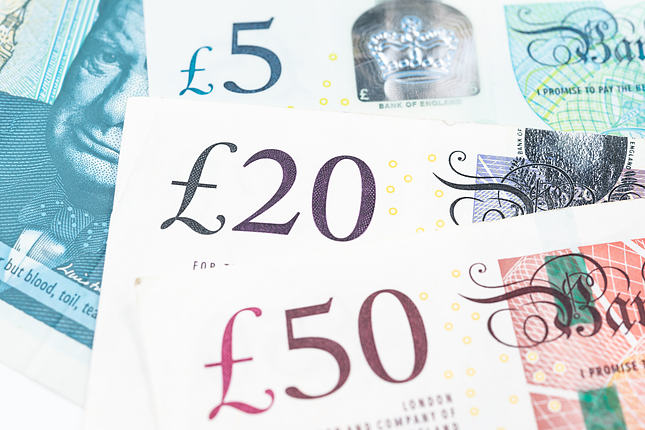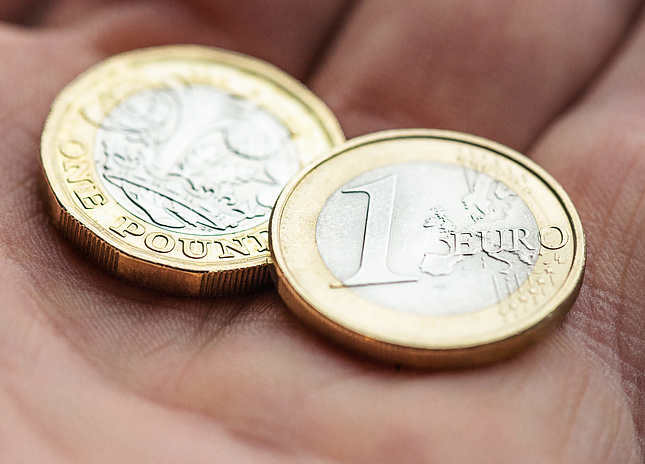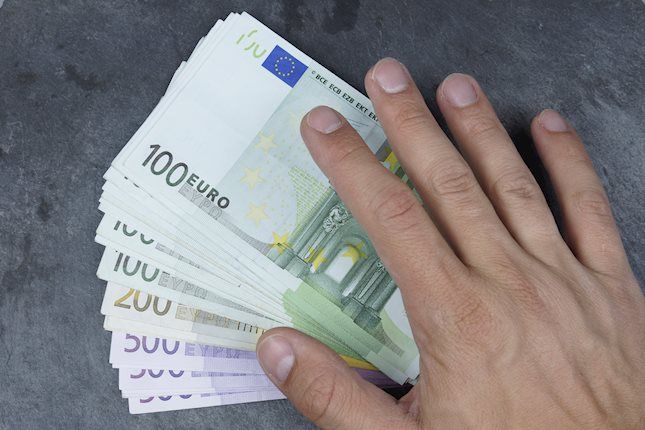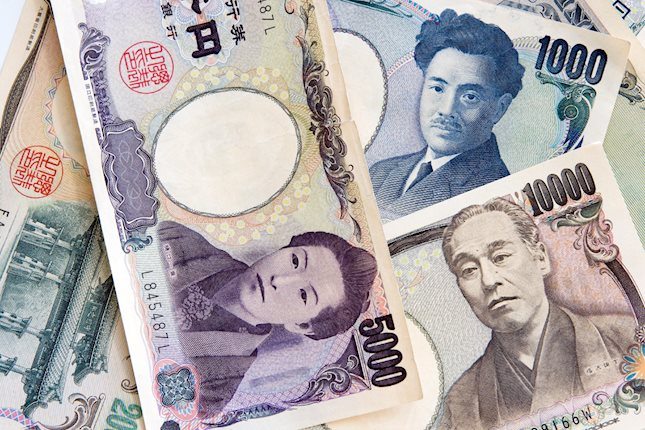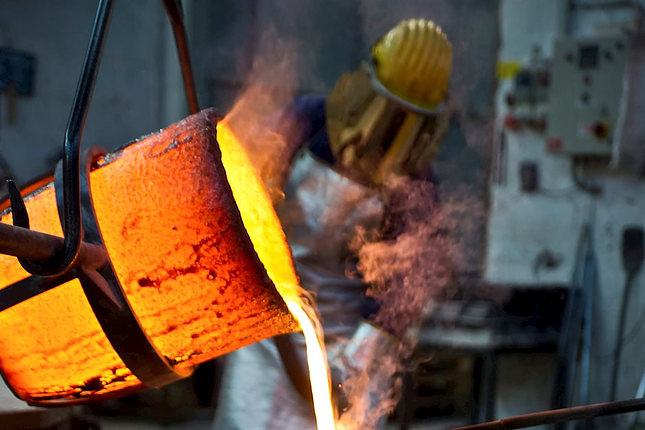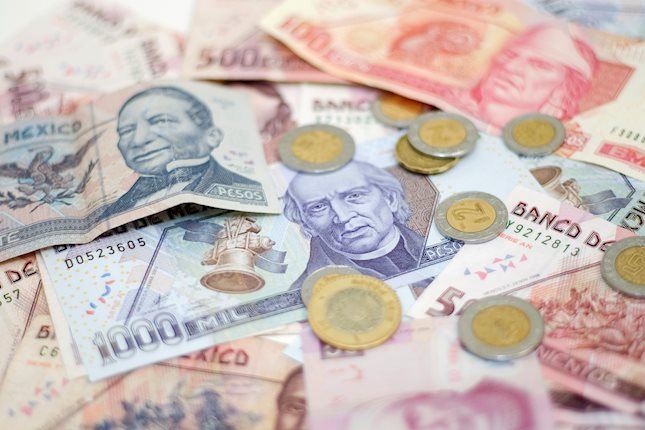US Dollar hits the brakes after furious rally
- US Dollar falls on profit-taking after a solid week.
- Flash US PMI signaled solid business activity in October.
- Two more Fed rate cuts in 2024 remain on the table, markets await further data to validate it.
The US Dollar Index (DXY), which measures the value of the USD against a basket of six currencies, retreated on Thursday, giving up some of the gains accumulated during a solid week marked by a stellar performance.
This pullback is attributed to profit-taking following the release of mixed US economic data. Despite positive signals from the flash US S&P PMI, suggesting robust business activity, the Greenback saw losses and is set to consolidate in the next session.
Daily digest market movers: US Dollar declines on profit-taking, S&P PMIs show promising results
- The flash US S&P Global October Composite PMI came in at 54.3, slightly above estimates, with services expanding at 55.3 and manufacturing contracting for the third straight month.
- Despite the overall PMI improvement, employment in the US fell slightly for the third month, reflecting uncertainty ahead of the upcoming presidential election.
- The CME Fedwatch Tool indicates a 90% probability of a 25-basis-point rate cut at the November 7 Fed meeting.
- In the meantime, the US 10-year benchmark remains below the peak reached on Wednesday near 4.20%.
DXY technical outlook: DXY faces resistance, poised for consolidation
The DXY index surged above its 200-day SMA, but buying momentum waned, signaling overextension. The index is poised for sideways consolidation to alleviate overbought conditions per the Relative Strength Index (RSI).
Key support levels include 104.50, 104.30 and 104.00, while resistance lies at 104.70, 104.90 and 105.00.
Central banks FAQs
Central Banks have a key mandate which is making sure that there is price stability in a country or region. Economies are constantly facing inflation or deflation when prices for certain goods and services are fluctuating. Constant rising prices for the same goods means inflation, constant lowered prices for the same goods means deflation. It is the task of the central bank to keep the demand in line by tweaking its policy rate. For the biggest central banks like the US Federal Reserve (Fed), the European Central Bank (ECB) or the Bank of England (BoE), the mandate is to keep inflation close to 2%.
A central bank has one important tool at its disposal to get inflation higher or lower, and that is by tweaking its benchmark policy rate, commonly known as interest rate. On pre-communicated moments, the central bank will issue a statement with its policy rate and provide additional reasoning on why it is either remaining or changing (cutting or hiking) it. Local banks will adjust their savings and lending rates accordingly, which in turn will make it either harder or easier for people to earn on their savings or for companies to take out loans and make investments in their businesses. When the central bank hikes interest rates substantially, this is called monetary tightening. When it is cutting its benchmark rate, it is called monetary easing.
A central bank is often politically independent. Members of the central bank policy board are passing through a series of panels and hearings before being appointed to a policy board seat. Each member in that board often has a certain conviction on how the central bank should control inflation and the subsequent monetary policy. Members that want a very loose monetary policy, with low rates and cheap lending, to boost the economy substantially while being content to see inflation slightly above 2%, are called ‘doves’. Members that rather want to see higher rates to reward savings and want to keep a lit on inflation at all time are called ‘hawks’ and will not rest until inflation is at or just below 2%.
Normally, there is a chairman or president who leads each meeting, needs to create a consensus between the hawks or doves and has his or her final say when it would come down to a vote split to avoid a 50-50 tie on whether the current policy should be adjusted. The chairman will deliver speeches which often can be followed live, where the current monetary stance and outlook is being communicated. A central bank will try to push forward its monetary policy without triggering violent swings in rates, equities, or its currency. All members of the central bank will channel their stance toward the markets in advance of a policy meeting event. A few days before a policy meeting takes place until the new policy has been communicated, members are forbidden to talk publicly. This is called the blackout period.
Forex News
Keep up with the financial markets, know what's happening and what is affecting the markets with our latest market updates. Analyze market movers, trends and build your trading strategies accordingly.
